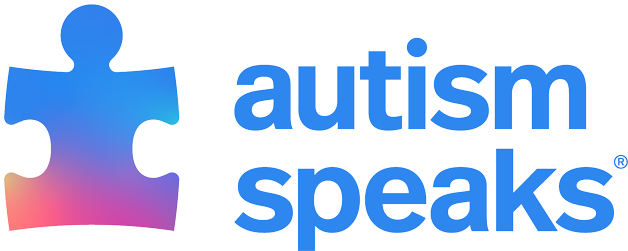COVID-19: Tips and resources for autistic people and families
Among the many challenges brought on by COVID-19, there are unique obstacles for people on the spectrum to remain safe and healthy.
Since the pandemic hit our communities in the U.S., more than 1,600 people have reached out to our Autism Response Team (ART) about their needs related to COVID-19. While there’s no “one-size-fits-all" approach to adapting to our new and ever-changing reality, we want to provide a range of tips -- based on public health guidelines, input from people on the spectrum and expert advice within the autism community –- to help best navigate challenges as they arise.
Navigating the challenges of COVID-19
Masks:
Mask-wearing can pose challenges for many in our community, especially as regions around the country re-open to business, education and community life. Rules on accommodations and exceptions to any of these practices will be different for every state and local area.
We encourage people with autism, when possible, to practice using a face covering at home, in order to get more comfortable wearing one when out in the community. Families can also work together to get loved ones on the spectrum more comfortable with masks starting at home. It may take time, so keep trying. Check out our videos for caregivers and for autistic adults for more support
If you or your loved one on the spectrum are unable to wear a mask, it’s important to prepare to discuss an accommodation if masks are required to enter certain businesses or use certain public spaces. It may be helpful to carry identification to support yourself or your loved one while out in the community. This identification can explain specific medical conditions and support needs. Visit our Safety Resources to find an ID type that will work for your situation.
If you’re approached by a staff member because you or your loved one is not wearing a mask, explain that you or your child have autism. Show your ID card and explain that this exception to CDC guidelines is an accommodation for a disability.
For autistic adults, we recommend you prepare to self-advocate about your need for an accommodation while in the community, at work or school, or on public transit. You might want to write down your needs in a letter that you can present or read like a script, or pre-record an audio message that you can play from your phone or other device when interacting with someone who questions you.
Social distancing:
Guidelines for social distancing will vary depending on your location and local regulations. If you or your loved one finds it challenging to keep a safe distance from others, consider outdoor activities, or activities within a more private setting that avoids large groups, to reduce the risk of exposure.
Ask questions of those you are socializing with. Are they following public health guidance and limiting their exposure to COVID-19? To protect your whole family’s health and safety, make sure that anyone who can’t wear a mask does not socialize with others who are not taking precautions. The health and safety of those who need accommodations relies on the safe practices of others.
Find welcoming spaces:
Many businesses are offering special hours for patrons who need accommodations. Look for signs, social media posts and website updates for locations you plan to visit.
You can also call ahead to speak with staff about how they handle medical accommodations and ensure your family will have a positive experience. They may be able to offer a safer experience during certain hours or help provide other accommodations.
Plan for school, work and community participation:
Stay in touch regularly with your school district to advocate for your child’s needs in the classroom. Make sure you understand how your child’s IEP will be implemented based on the re-opening plan for your district.
Any additional therapies or programs you or your loved one participates in may have separate safety guidance. For those who are unable to meaningfully participate in virtual programming or services, in-person services should continue to be delivered whenever it is safe to do so. In many cases, Home and Community-Based Services (HCBS) funds should be available to provide personal protective equipment (PPE) not only for you or your child’s providers but for your family as well.
Please check back regularly for new resources and recommendations, as we work to navigate these challenging times together as a community.
Related resources
- Tips for thriving at home during the pandemic
- Contact our Autism Response Team (ART)
- Download the Vaccine Experience Tool Kit
- Looking for at-home ideas to keep busy? Browse a list of virtual activities.








